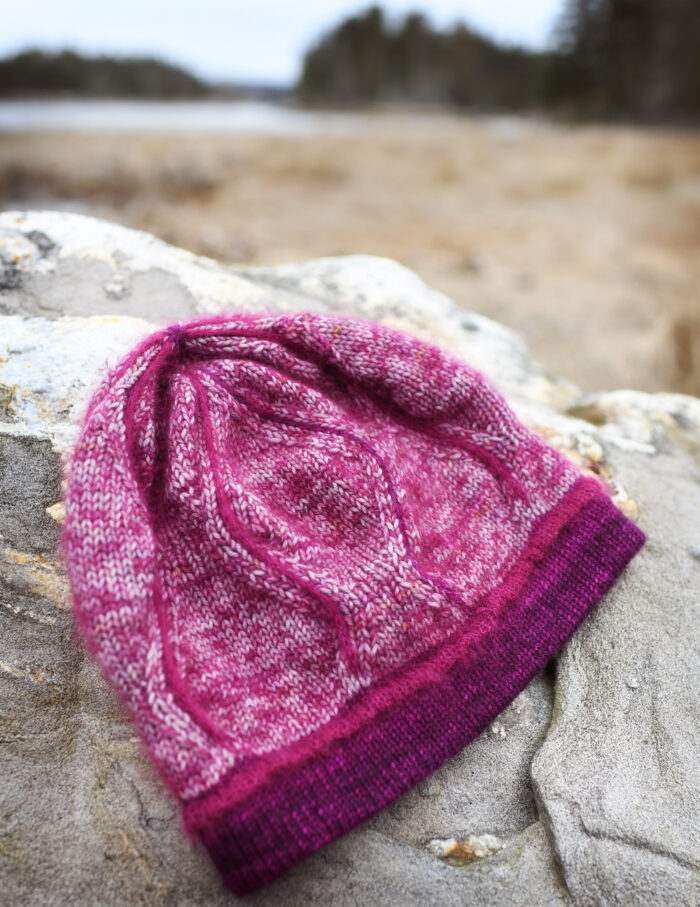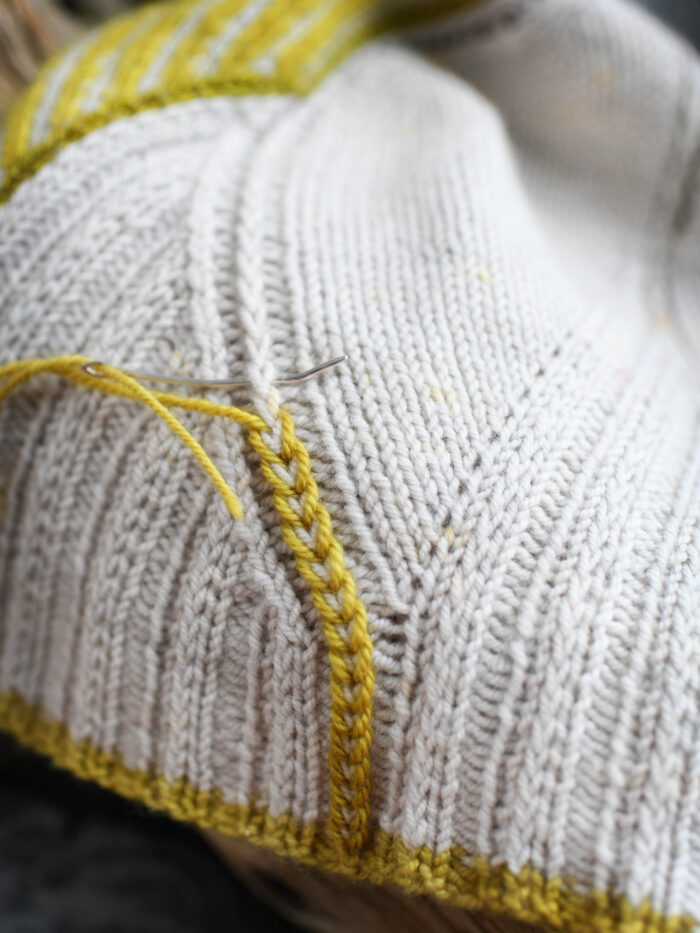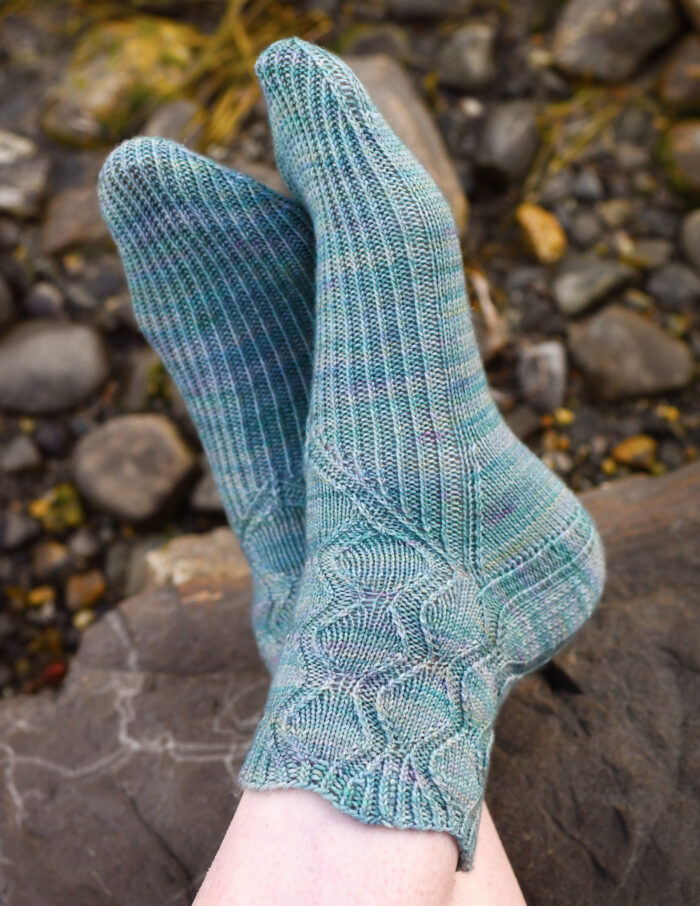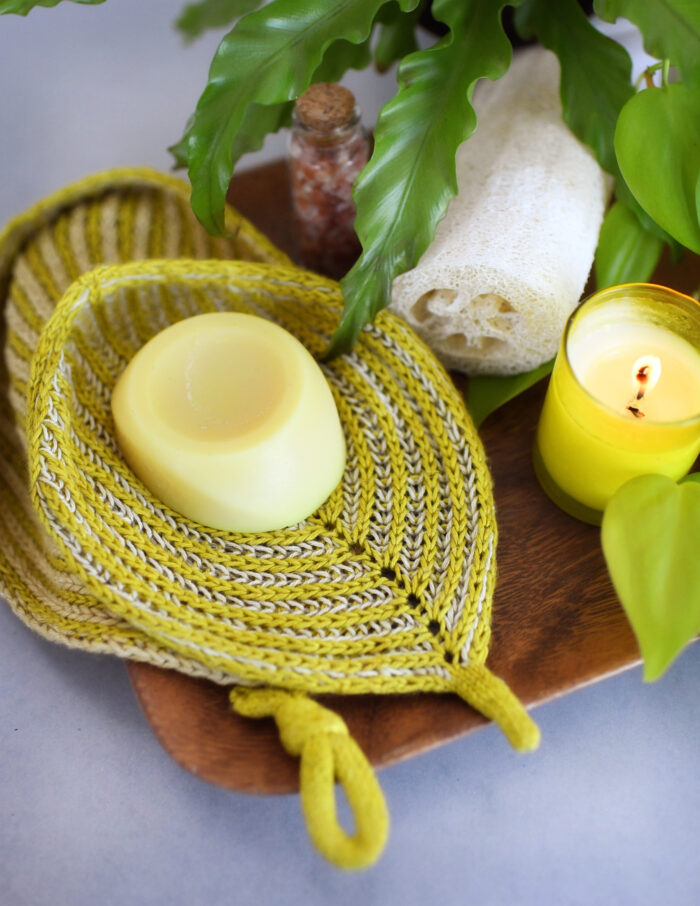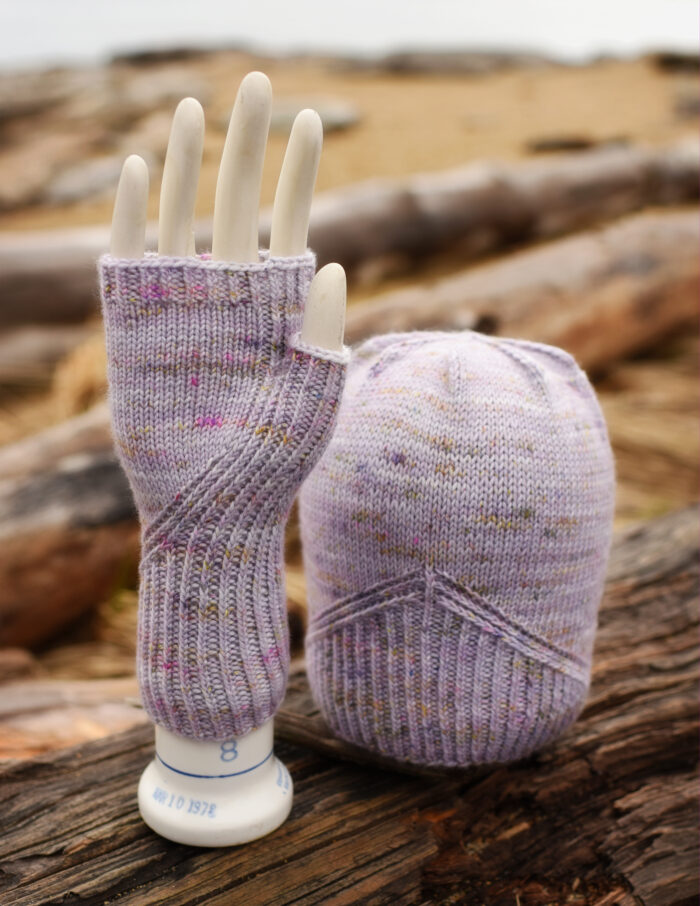Unsuspecting Victim
So, let’s say you had the chance to ensnare an unsuspecting victim teach someone to knit. I get to do just that next weekend, and I’m totally looking forward to it. But in the interest of making the process as smooth as possible, I thought I’d poll the collective. What do you wish you had known when you were learning to knit? Or what was the best thing you learned as a beginner? I have a general plan, but I’d love some suggestions!
Mailing List
Want to hear when a new pattern comes out or something fun is going on? Sign up below!
Patreon
Want to support the content I create, get nifty bonus material for some of my favorite patterns, or get every new release delivered right to your inbox? Head over to patreon and sign up!

